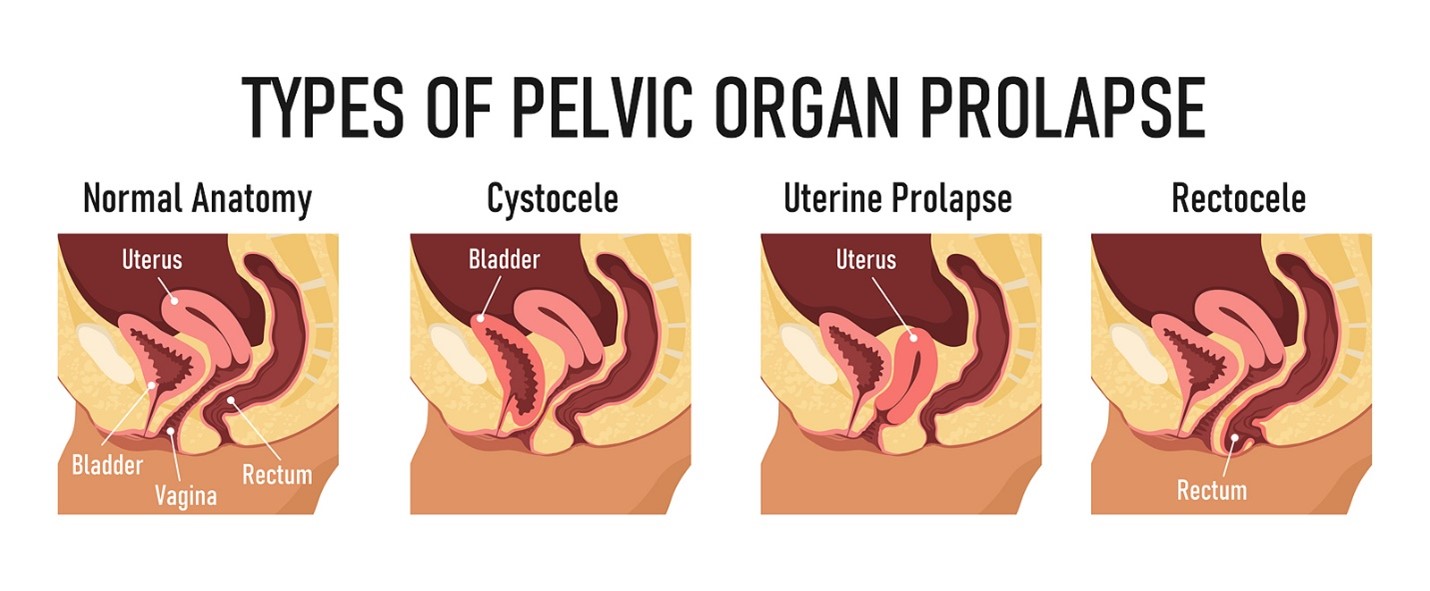
What Is Pelvic Organ Prolapse?
Almost 24% of women experience some type of pelvic floor disorder. A “prolapse” is the slipping down or forward of an organ, usually because of weakened or stretched connective tissue. This slippage can cause pain during sex, incontinence, stretching sensations, an odd bulging sensation like sitting on a ball, or, in rare cases, a prolapsed organ may sink so parts are exposed outside of the body. Normally, this happens as a result of weakening muscles and ligaments that support a woman’s pelvic organs. Women most commonly develop this prolapse years after childbirth, after a hysterectomy, or after menopause.
Major Types or Pelvic Organ Prolapse to Be Aware Of
- Cystocele: when a prolapsed bladder sinks into the anterior wall of the vagina
- Urethrocele: when a prolapsed urethra sinks into the anterior wall or the vagina
- Cystourethrocele: both the bladder and urethra prolapse together
- Enterocele: the small intestine prolapses into the vaginal upper wall
- Uterine prolapse: the uterus drops into the vaginal space, possibly slipping outside of the vagina
- Rectocele: the rectum droops through the anus
- Descending Perineum Syndrome: the perineum sinks down below its normal spot on the pelvis
- Vaginal Vault Prolapse: the top part of the vaginal wall caves in toward the vaginal canal
- Vaginal Prolapse: The vagina itself drops until it is outside the body
ASUI is equipped to handle this problem! See Pelvic Floor Training [link] for more details on how we address symptoms of pelvic organ prolapse at ASUI. Schedule an appointment today with one of our healthcare providers to help you navigate some treatment options that will work for you!
